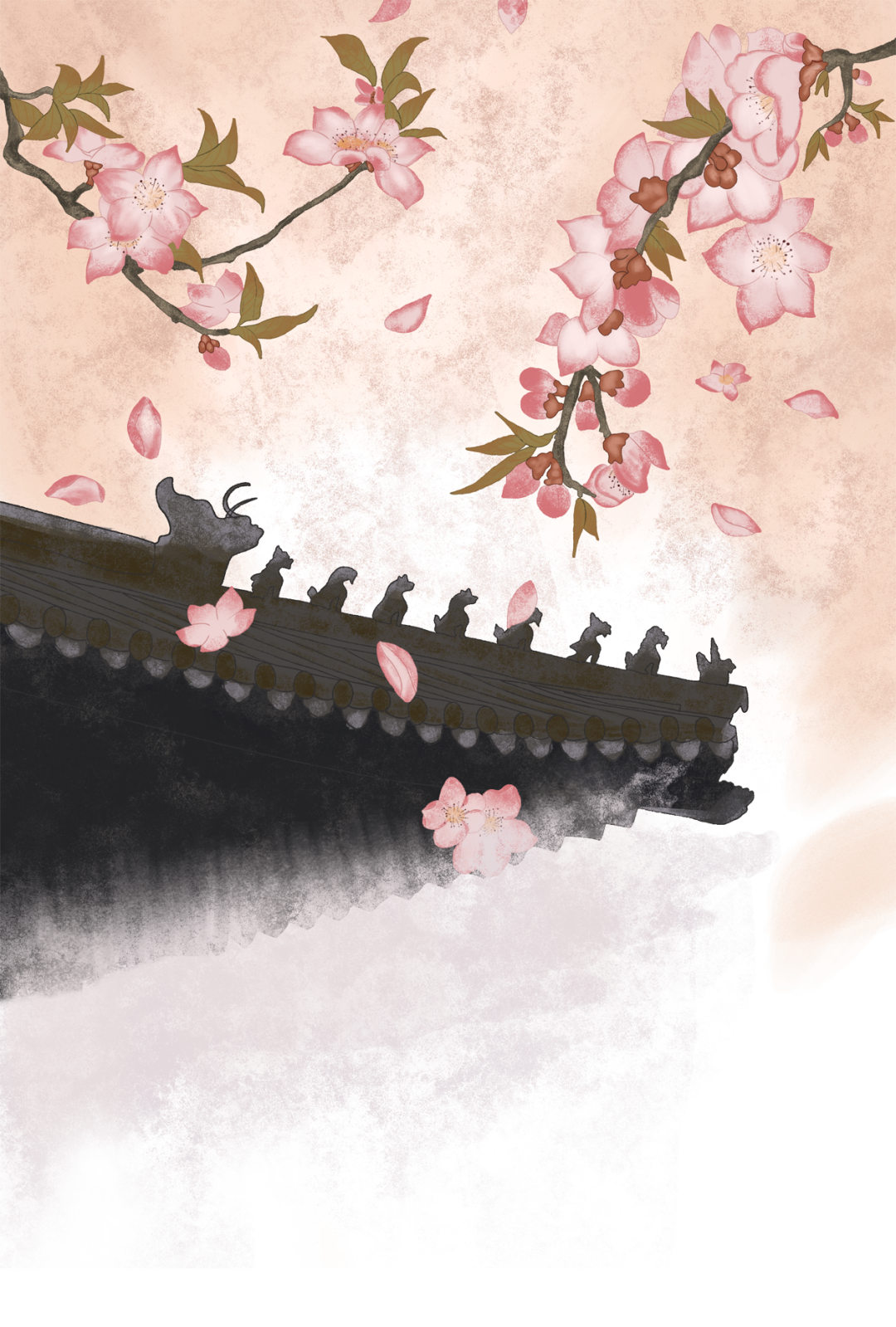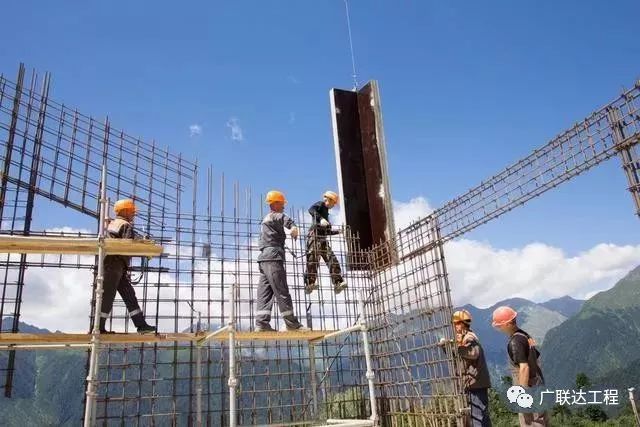The junior children colored the pictures of the landmark buildings and decorations of the Forbidden City, such as the Red Wall, the Golden Summit, the roof figures, and so on.
During the Ming and Qing dynasties, 24 emperors held grand ceremonies in the Hall of Supreme Harmony, such as the emperor’s accession to the throne and the emperor’s marriage.
During this Chinese Culture Week, this great palace, which has entered the sixth century of life, entered the vision of JCID primary school children with the “company” of teachers, and expanded its broad mind, Slowly tell the children its ancient and mysterious story.

For example, the allusions behind the small mythical animals in the Forbidden City, for example, “Xiezi”, a symbol of justice’s “integrity”, understood human nature, knew good and evil, loyal and traitor, and touched the villain with his horn, and then ate his stomach, No wonder we can still see this venerable statue of the divine beast at the gate of the court today! Speaking of the Forbidden City, of course, it cannot be separated from its magical architecture.
According to the focus of the learning content and the characteristics of the children’s age, each grade has made a variety of hand work items from easy to difficult, such as “Palace Museum Theme Paintings”, “Lubansuo”, “Taihe Hall Three dimensional Puzzle”, “arch of wooden architecture Building Blocks”, “Small Divine Beasts Building Blocks”, and “Palace Museum Corner Three dimensional Puzzle”.
Through drawing the guide, they also accumulated a strong interest in ancient architecture, history and humanity.
The palace is magnificent and magnificent, with rare and mysterious buildings competing.
In order to enhance the fun of learning and deepen the impression of children, the teachers have also designed a manual production process.
The Taihe Palace is the largest palace in the Forbidden City in Beijing and the largest existing wooden structure hall in China.
It does not use nails and ropes, but is completely supported by the connection of its own structure.
The mortise and tenon joint is an extremely ingenious invention, which is a concave-convex connection method used on two wooden components.
The children were shocked when the small pavilion built to imitate the architecture of the Forbidden City shook and stood upright even in the experiment of scientists, equivalent to a magnitude 10.1 earthquake.
In combination with the issued plan sketch map of the Forbidden City Museum, they designed their own visit route to the Forbidden City, further deepening the experience of “traveling around the Forbidden City”.
Children of all grades are very interested in Pintaihe Temple.
The 2023 JCID Primary School Chinese Culture Week “Palace Museum Story Meeting” The Palace Museum in Beijing is a must-see attraction for tourists; For history buffs, countless events occur; For lovers and researchers of ancient architecture, this is the peak of Oriental royal architecture; For our primary school students, perhaps it is a well-known building that we are familiar with, or perhaps we have been to Beijing with our parents and had a glimpse of it…
It is a fixed combination of traditional Chinese civil architecture, and is one of the manifestations of mortise and tenon structures.
Surrounded by tangible palace pavilions, it spreads an invisible historical atmosphere.
Scaffolding Adjustable Base Jack Nut
According to legend, the Luban Lock was invented by Luban (from the late Spring and Autumn Period to the early Warring States Period), also known as the “Kong Ming Lock.”.
Why did they not stand down in the earthquake? The teachers played a teaching video on mortise and tenon structures for children.
There are more than 70 palaces, large and small, in the Forbidden City of Nuoda.
The tenon and mortise engage, which play a connecting role in buildings.
For the first time, they learned that the Forbidden City was divided into the Outer Court and the Inner Court, which were the places where the emperor worked and lived, respectively, and that the word “imperial court” came from it; They were deeply impressed by the wise and terrible Emperor Yongle, and knew that he had built the Forbidden City! Our exquisite campus of JCID is only one-eighth the size of the Forbidden City, but it is nearly 600 years younger than the Forbidden City! The teachers not only led the children to appreciate the majesty and splendor of the Forbidden City from a macro perspective, but also told them many interesting stories.
They not only can withstand large loads, but also allow certain deformation to occur.
The arch of wooden architecture on the column head of Foguang Temple and the arch of wooden architecture of Song Dynasty are the practical application of tenon and mortise structure in the Tang and Song dynasties.
How can students fully appreciate the charm of the Forbidden City and stimulate their interest in learning Chinese civilization and culture within a week? The teachers have made a lot of preparations.
Although there are only a few pieces of wood, it’s really difficult to put them together! These handicrafts have become an interesting carrier of Chinese culture.
Under seismic loads, certain seismic energy is offset by deformation, reducing the seismic response of the structure.
Sliding through the image, a central axis runs through, under the golden glazed tile roof and inside the vermilion high wall.
Children have also pieced them together to once again appreciate the artistic aesthetics of Chinese ancient buildings from a microscopic perspective.
For the first time, they know the important role of arch of wooden architecture in architecture, and this magical structure invented by the Chinese has played a role in East Asian architecture for more than 2000 years! In addition, how did the wood and stone used to build the Forbidden City be transported to the imperial palace? When the children learned that the marble weighing over 300 tons, carved with nine dragons on the steps of Emperor Yongle, had been dragged from the ice, their eyes widened and they couldn’t help but exclaim! In ancient times without any mechanical equipment, how did ancient people come up with this method? Children have also experienced the hardships of building the Forbidden City and are more able to understand the meaning of the phrase “the construction of the Forbidden City embodies the diligence and wisdom of the working people.”.
Through their own efforts, children have made various elements of the Forbidden City into blocks that are held in their hands, small, interesting, and fun.
.
So let’s start with this central axis! The figures of the Meridian Gate, the three main halls of the Forbidden City, the Back Palace, and the Imperial Garden gradually entered the children’s eyes.
This time, the teachers focused on introducing this magical invention to the children.
The protruding part is called a tenon, and the concave part is called a mortise.
On the basis of reading a large number of historical and cultural materials of the Forbidden City, the teachers carefully designed the courseware.



